Eliminating mold from your basement can be time-consuming and might result in substantial expenses. Basements are particularly prone to mold development, and the extent of these infestations, along with their root causes, can heavily impact the removal costs.
The cost to remove mold in a basement is $1,040 on average. Prices can range right up to $3,000 if mold is also growing in hard-to-reach places in your basement, such as behind drywall or beneath carpets.
What we cover
ToggleAverage Cost of Basement Mold Remediation
To help you understand the underlying costs of basement mold remediation, we’ve broken down the average cost of mold removal into their key components, including the cost of mold remediation per square foot, the labor cost per hour to remove mold, and the cost of supplies needed to remove mold.
| Service | Quantity | Low | High |
|---|---|---|---|
| Basement mold removal | Square foot | $15 | $30 |
| Basement mold removal labour cost | Hourly | $75 | $120 |
| Job supplies | $200 | $1200 | |
| Total per square foot | $15 | $30 | |
| Total for project | $500 | $3,000 |
Average Estimate: $500 – $3,000
These numbers can differ depending on where you live, the extent of your mold growth, and the work required to properly and effectively remediate your basement.
Always ensure that you get a quote from at least three reputable mold remediators before beginning any remediation works in your home – this will ensure that you always receive the best and fairest pricing for the job at hand.
| Additional services | Quantity | Low | High |
|---|---|---|---|
| Foundation sealing | Square foot | $5 | $10 |
| Replace drywall | Square foot | $2.12 | |
| Replace wall insulation | Square foot | $0.45 | $1.50 |
| Replace concrete/flooring | Square foot | $1.65 | $8 |
Basement Mold Remediation Cost Per Sq Ft
The average cost of mold remediation per square foot ranges between $15 and $30.
While this cost guideline is a good barometer when you’re budgeting your mold remediation, there may be other additional costs that can see your final invoice soar, particularly when you are removing mold from your basement.
Mold in the basement can often be a sign of deeper, more prevailing issues that require more extensive remediation than just removing patches of black mold.
Cost to Remove Mold in Drywall
It is difficult to remediate drywall without replacing it, as mold spores tend to permeate this material. The replacement of mold-infested drywall costs, on average, $2.12 per square foot.
If your basement wall has spread even further and has started to grow within your wall insulation, it will also need to be replaced. The average cost per square foot to replace wall insulation ranges from $0.45–$1.50.
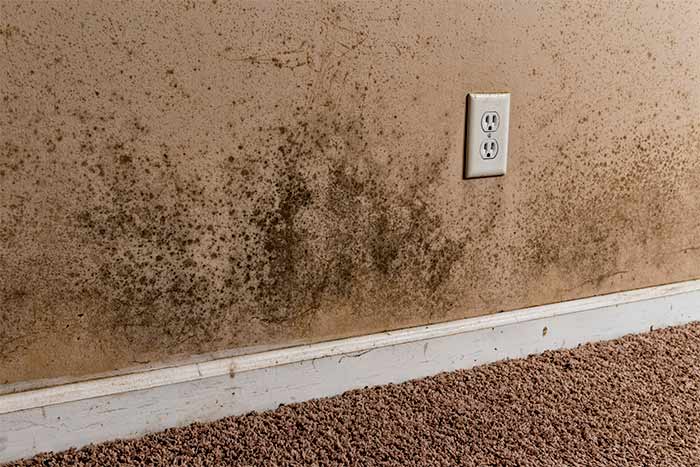
Basement Repair and Waterproofing Cost
For many homeowners, the primary cost of mold remediation in the basement will come about through waterproofing and sealing your home’s foundations and protecting against further mold growth. Sinilar to roof leads in an attic, this cost is not included in the average cost of basement mold remediation.
On average, the cost to seal your home’s foundations and waterproof your basement are between $5 and $10 per sq ft. In practical terms, waterproofing and sealing your foundations will cost between $2,100 and $6,200.
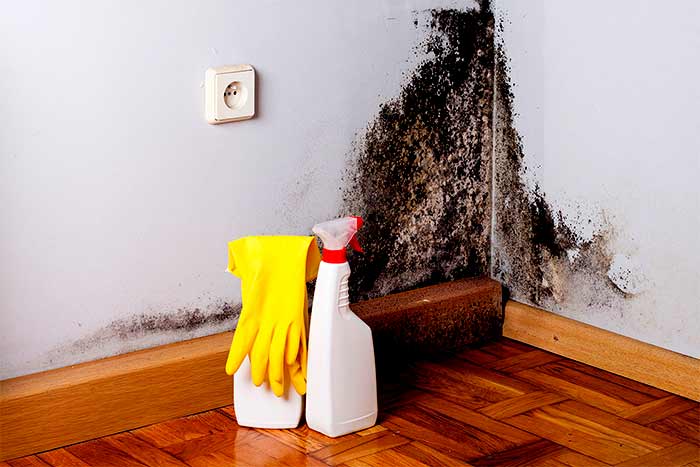
Interior Basement Waterproofing
Waterproofing paints, sealants, and coating are often used in interior waterproofing. However, these waterproofing methods take something of a band-aid approach to basement waterproofing and do not really do much to address the root cause of the problem: water ingress.
One method of interior basement waterproofing involves the use of special draining systems, plastic paneling, and a sump pump. Under this method, any water that gets through your basement wall will run down the plastic paneling into a drainage system on the floor. A sump pump will then move the water out of your basement.
If you are taking the interior waterproofing approach to your basement, then you will also need to ensure that any cracks or holes in your basement walls, floors, windows, and doors, have been properly sealed and watertight.
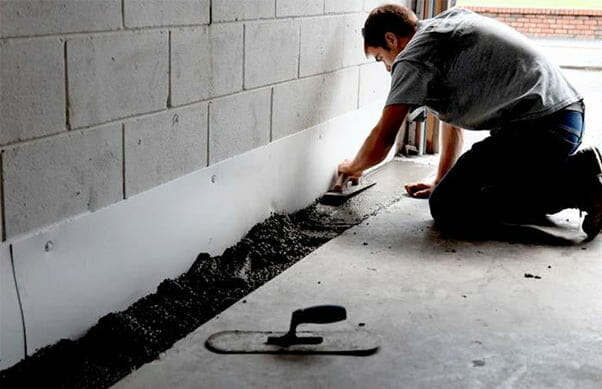
Exterior Basement Waterproofing
By far the most effective, but also the most costly, method of waterproofing your basement is via external waterproofing. External waterproofing will prevent water from getting into your basement from the outside, and in many cases will stop the root cause of basement moisture and mold in its tracks.
Exterior waterproofing involves excavating the soil around your home. After this soil has been excavated, a waterproof sealant is applied to the exterior walls.
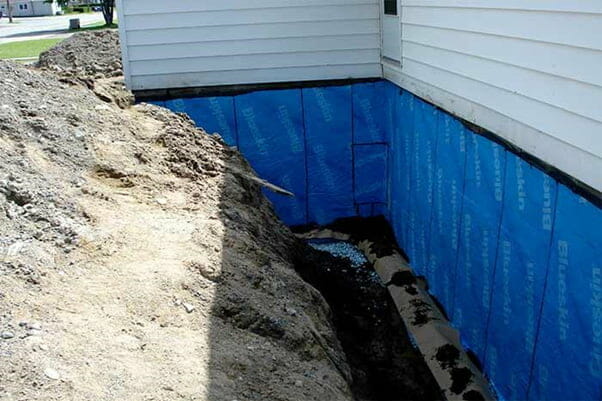
Who Pays For Mold Remediation?
If you are renting, you should be able to get your landlord to pay for the remediation of mold. If it is found the mold has grown due to your own fault i.e. they may fight you on it.
All landlords are to provide a safe, habitable home for you to live so if the is evidence of black mold or any mold growth, they will need to do something about it.
However, if your landlord disputes this basement mold’s presence, the matter becomes slightly more complicated. In this situation, you may need to pay for a mold inspection to certify the presence of mold. Once you have this certification, your landlord must pay for the mold remediation and reimburse you for the inspection cost.
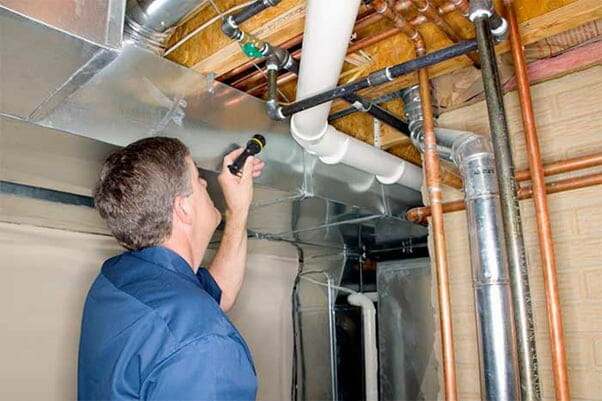
Is Basement Mold Remediation Covered by Insurance?
Most homeowners insurance will cover you for the costs of removing your basement mold if it has grown as the result of an unforeseen or non-preventable accident. This could include a flood or a burst pipe.
Most homeowners insurance will not cover the removal of basement mold that has sprung up as a result of neglect or if you have failed to maintain your home. This is more likely to be the case if you live in an older house or in a climate that typically has high levels of humidity or rainfall.
Mold prone homes
If your home is prone to mold growth due to its age or the environment you live in, it is worth thoroughly reviewing your insurance disclosure statement.
This will help you understand what is and is not covered under your home insurance policy and can help you take steps to ensure that you are not drastically out of pocket should a basement mold issue arise in your home.

Black Mold Removal Cost
Black mold removal costs about the same as regular old mold remediation $15 – $30 per sq ft. Black mold is particularly dangerous for mold growth and can have negative health problems.
If black mold has made its way into your HVAC system, this will cost more as mold removal experts will need to clean all internal surfaces to ensure mold spores don’t continue to spread.
Mold remediation services will give you a full written quotation before starting. Generally, a mold inspection is carried out any serious mold removal professionals before they begin.
FAQ’s
Can mold in the basement affect upstairs?
For mold to grow, it needs three key environmental factors. These are: a damp or moist environment, adequate nutrients, and material or surface to grow on.
Given this, it is not surprising that mold tends to thrive in basements as these dark, dank rooms offer all three of these key environmental factors. But even if mold is growing in your basement, it doesn’t mean that it will automatically affect the upstairs area of your home.
Unless the upstairs rooms in your home offer a damp, moist environment for the mold to spread to and grow in, it will be very difficult for mold spores to take root and thrive.
However, if the mold in your basement is the result of a serious moisture or dampness problem, then it is likely your home as a whole is suffering from a wider moisture or dampness problem. As such, if you notice basement mold, it is important to establish the cause of any moisture problem to ensure that the rest of your home is not at risk.
Difference between mold remediation and removal
The terms ‘mold remediation’ and ‘mold remediation are often used interchangeably. Although they ostensibly mean the same thing, the term ‘mold remediation’ can be a bit misleading.
Mold is everywhere. Indoors and outdoors, all year round. As such, it is impossible to completely remove all mold spores from every environment. While you can certainly remove large patches of mold from a surface, there will still be some level of tiny, microscopic mold spores floating around.
For this reason, the term ‘mold remediation’ tends to be favored by those in the mold business. Instead of implicitly promising to remove every speck of mold from your home, this term instead implies that the mold will be managed, cleaned, and sanitized.
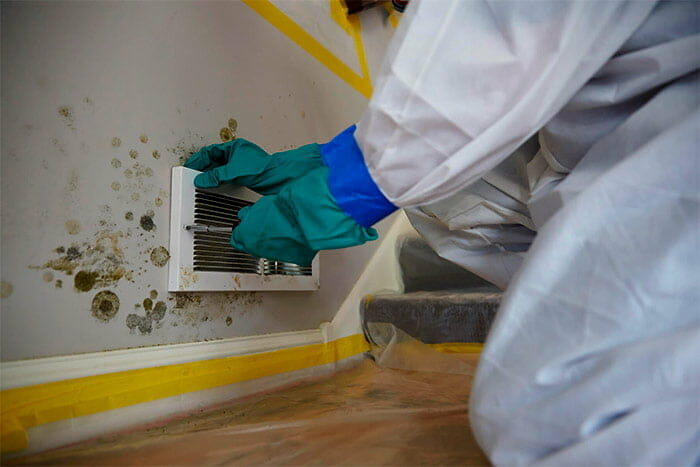
Will mold come back after removal?
If you have not identified and addressed the underlying moisture or dampness issue that was causing mold to grow in the first place, then there is every chance that the mold will grow back after removal. You must fix any moisture or dampness issues in your home if you wish to achieve long-term mold remediation.
However, you can also take several other steps to help prevent recurring mold growths in your home.
Chief among these is keeping your home dry and well-ventilated. This will create an environment that is not conducive to mold growth, as mold spores thrive in damp and dark places. A dehumidifier can help prevent mold growth in your home, particularly in humid climates.

Is a dehumidifier a worthwhile investment?
If you live in a damp or humid climate, investing in a dehumidifier can be a worthwhile exercise. Dehumidifiers can act as powerful and helpful tools for mold prevention by keeping moisture levels in your home at a lower level.














